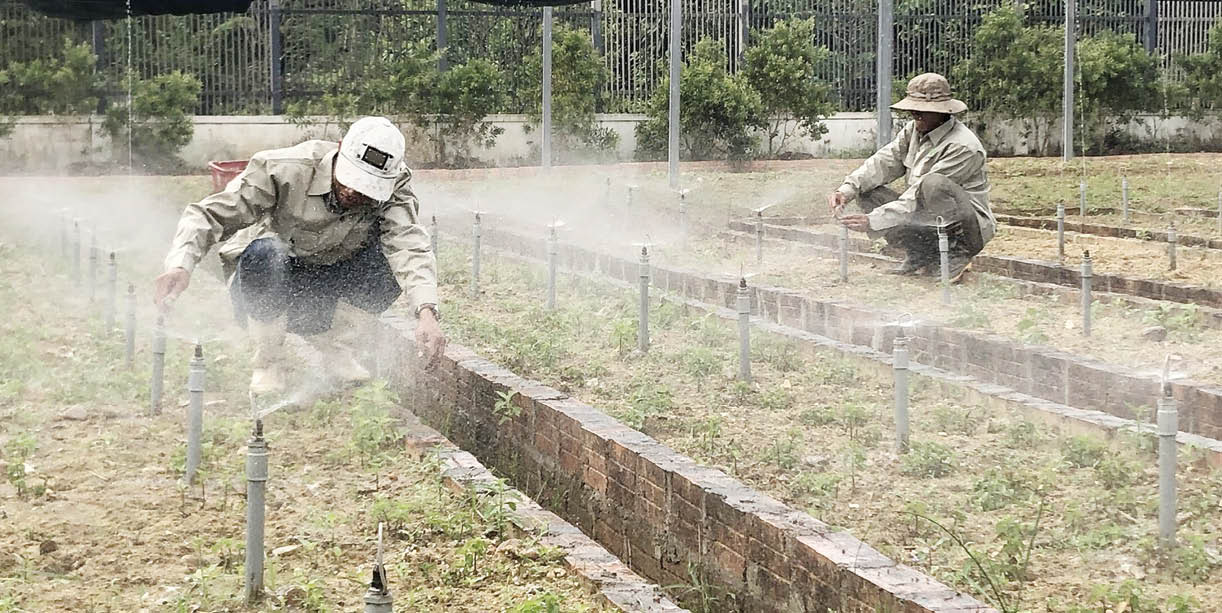 |
| Many businesses in Hue City are now taking advantage of drilled wells and exploiting underground water for cultivation. |
Significant decline
Hue City is divided into two main hydrogeological regions: the western mountainous region with limited groundwater reserves and the eastern coastal plain, which has great exploitation potential but is susceptible to saltwater intrusion. The aquifers are mainly of the Cenozoic formation, especially Pleistocene sediments with good water storage and transmission capacity. However, uncontrolled exploitation is gradually depleting water resources in many areas.
Statistics from the Department of Agriculture and Environment (DARD) show that many enterprises are currently exploiting groundwater on a large scale. For example, Agry Joint Stock Company in Phong Hien with an exploitation flow of 365m³/day and night, Forestry Joint Stock Company 1-5 (Phong Thai ward) with 615m³/day and night, Hoang Van Livestock Company Limited (Loc An commune) is exploiting about 190m³/day and night.
In addition, thousands of small wells and dug wells serving daily life and agricultural production exist in localities, especially in coastal communes of Tam Giang lagoon, such as Vinh Loc commune (merged from Vinh Hung, Vinh My, Giang Hai, Vinh Hien communes of the old Phu Loc district); or hilly areas of Huong Thuy town and Nam Dong district (old), where the centralized water supply system has not yet covered the whole area and most people still depend mainly on water from drilled wells.
Mr. Le Van Tam in Dien Truong village, Vinh Loc commune informed that currently, in Vinh Hung commune (old) alone, there are more than 200 drilled wells, exploiting underground water sources to irrigate trees and crops, especially in the dry season. The reason why people here use drilled wells is because the dry season crop growing areas are often distributed in the sand and sand mixed areas... Meanwhile, the surface water source on the internal irrigation canals in the dry season is not enough to pump water for irrigation. Moreover, the internal irrigation canal system is often located far from the crop growing areas, so people have to use drilled wells, exploiting underground water to irrigate trees and vegetables. The use of drilled wells year after year not only reduces the groundwater level, but also poses the risk of saltwater intrusion and pollution of water sources in the Tam Giang lagoon.
In Phu Xuan ward, monitoring results show that the dynamic water level in the well can drop from 12.3m to 16.3m in the dry season. Some areas, such as Huong Tra town, Huong Thuy and Phu Vang district, Quang Dien (old) also recorded the phenomenon of water level lowering, brackish taste or turbid color, affecting people's lives.
Prohibition and restriction of groundwater exploitation areas
Faced with the above situation, on June 30, 2025, the People's Committee of Hue City issued Decision No. 2001/QD-UBND on announcing 2 prohibited exploitation areas and 135 restricted areas for groundwater exploitation in the area. This is an important step in the strategy of water resource management associated with sustainable development.
Regarding the prohibited mining areas, there are two identified areas: Phong Xuan Commune (old) now belongs to Phong Dien Ward with an area of 0.76km². Huong Loc Commune (old) now belongs to Khe Tre Commune with an area of 0.004km². In this area, all exploration and mining activities, including for living purposes, will be completely prohibited.
For restricted exploitation areas, including many areas scattered throughout the former districts, towns, and counties. These areas are mainly located on the qh (Quaternary Holocene) aquifer, which has a weak structure and slow recovery capacity. In these areas, no new groundwater exploitation licenses will be issued, and no new wells will be allowed to be drilled, except in cases of legal replacement of old wells.
According to the leaders of the Department of Agriculture and Environment, the relevant units and branches are publicly announcing the scope and time of application of prohibited and restricted areas; strengthening inspections of units and individuals exploiting without permission or exceeding the permitted flow. In addition, developing remedial plans, such as filling abandoned wells, wells that violate regulations or cause water pollution; promoting communication work, supporting people, units and businesses in prohibited areas, limiting the use of underground water sources and switching to clean and reasonable water sources in production, business and daily life...
Source: https://huengaynay.vn/kinh-te/bao-ve-nguon-nuoc-ngam-155984.html


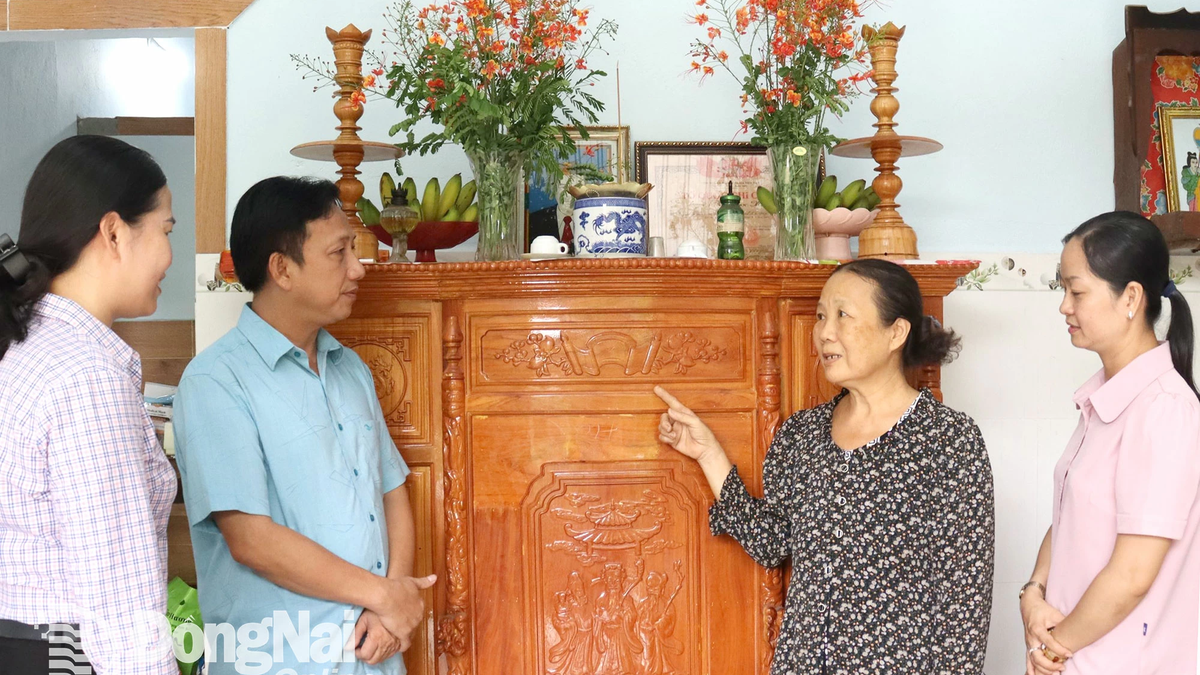
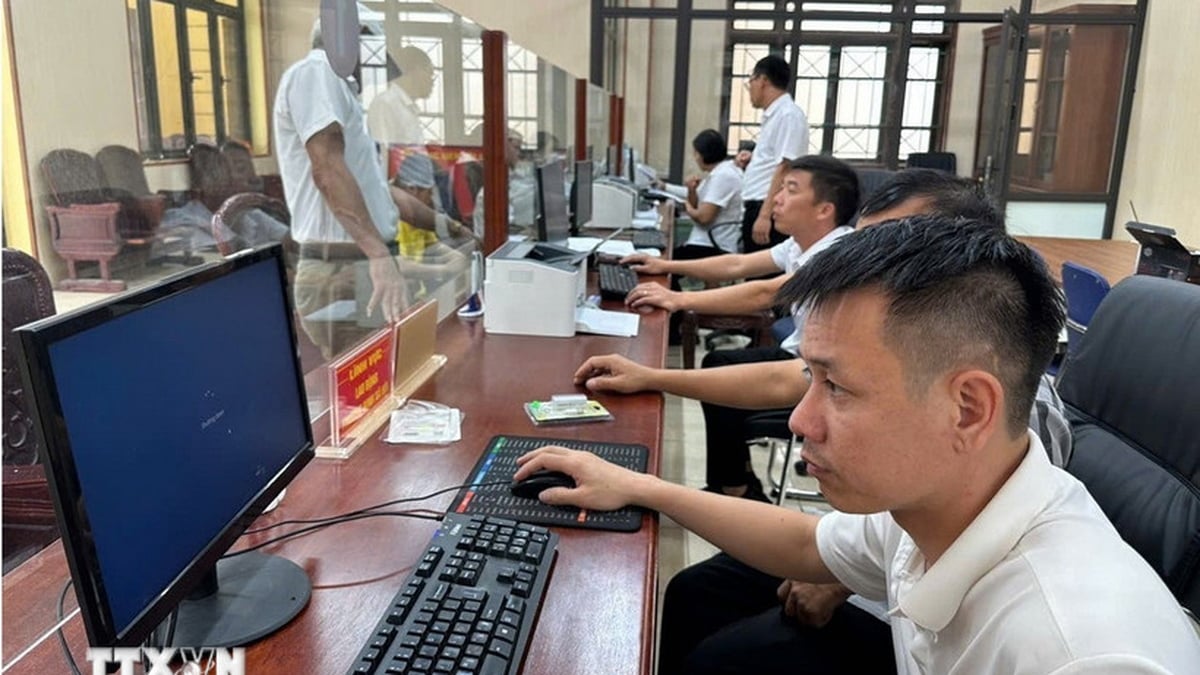

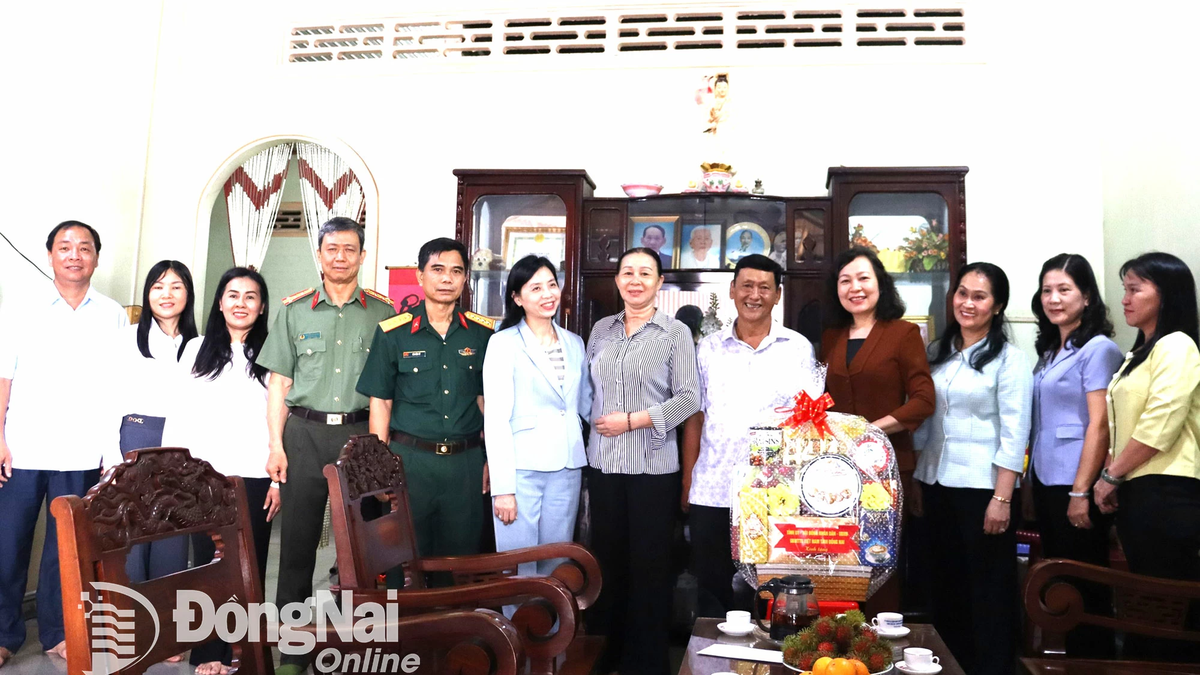
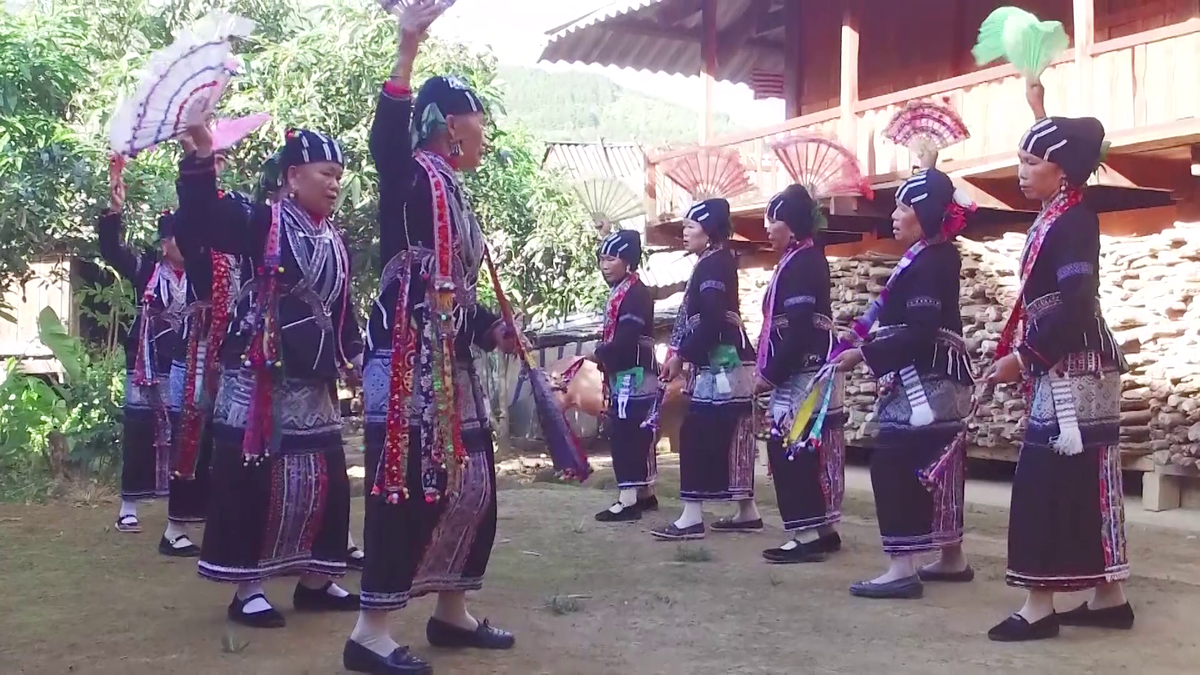

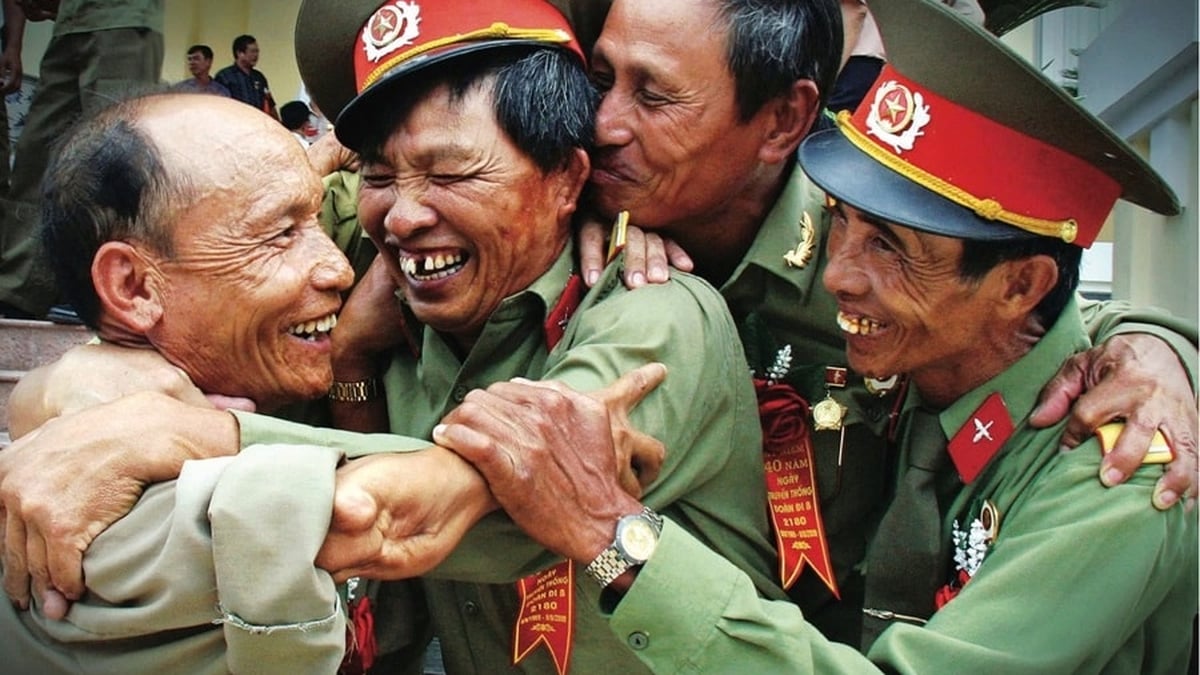
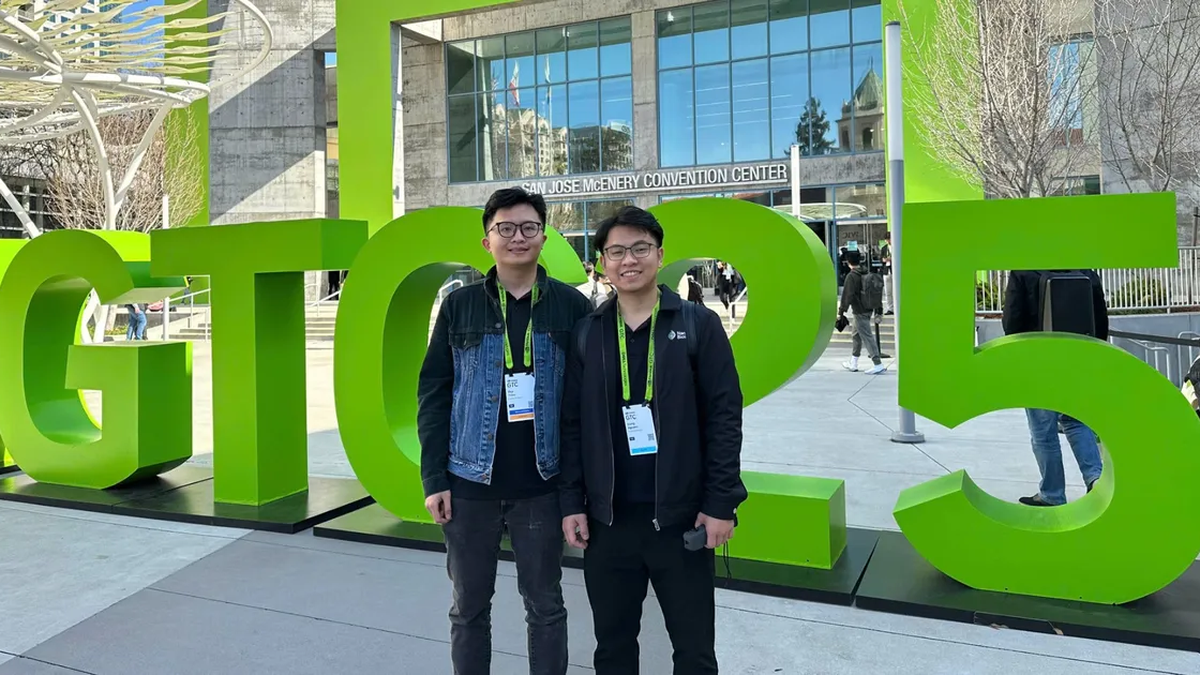
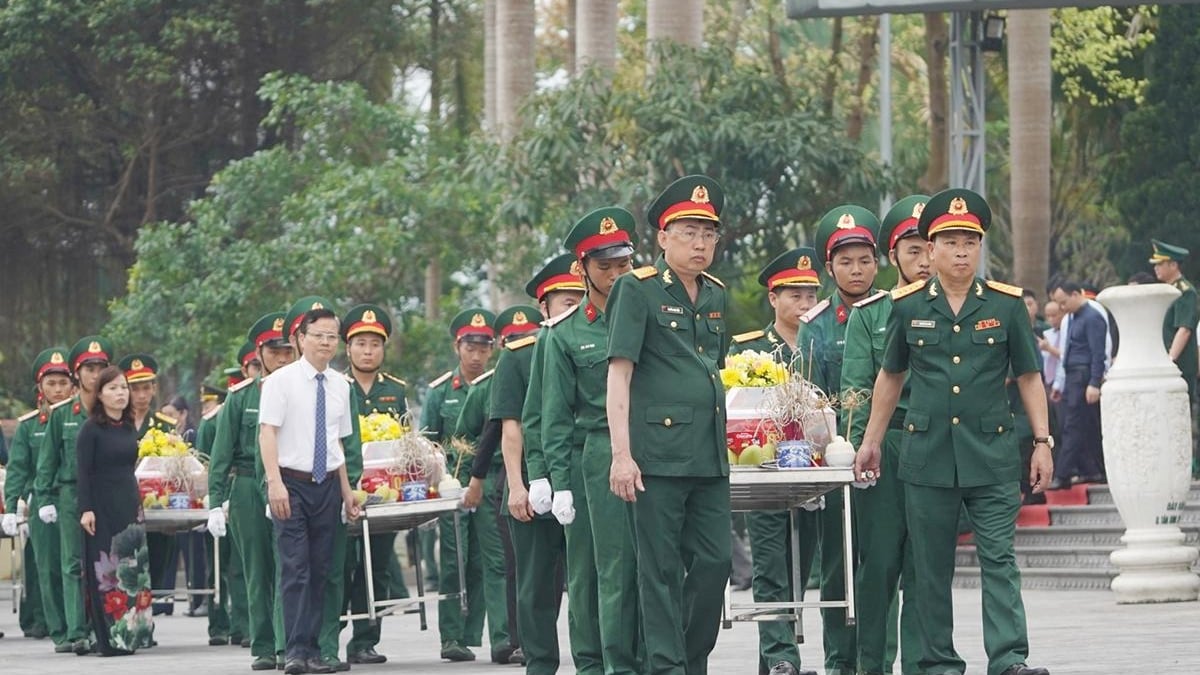
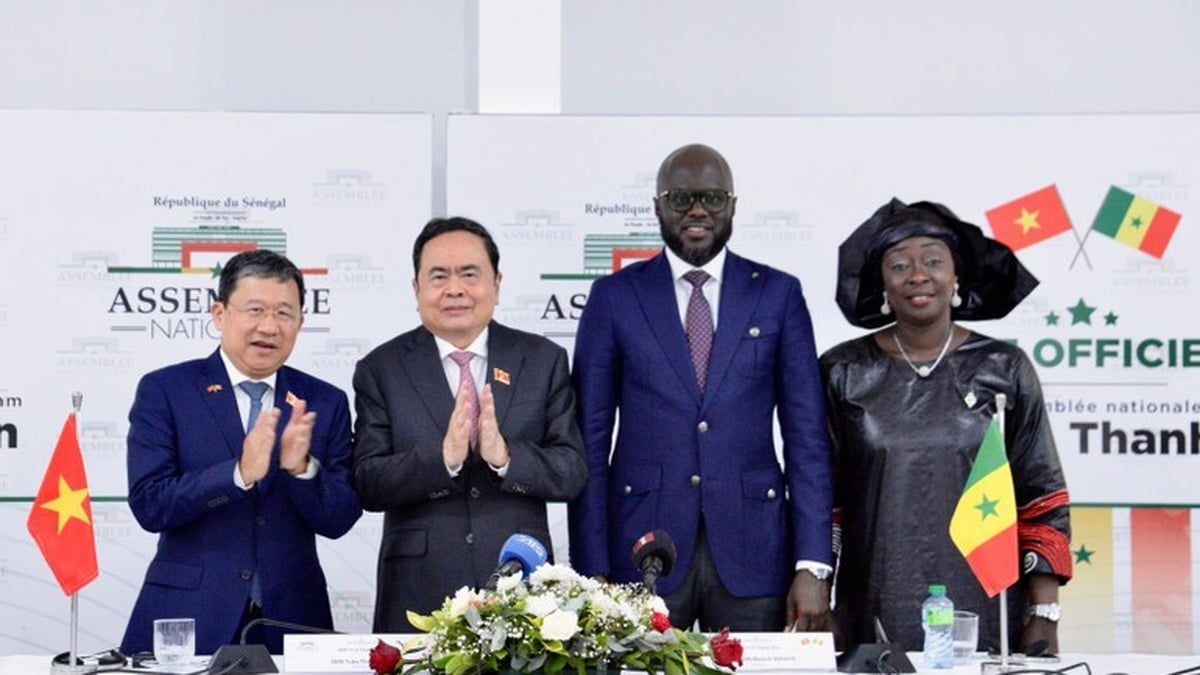













![[Photo] Signing of cooperation between ministries, branches and localities of Vietnam and Senegal](https://vphoto.vietnam.vn/thumb/1200x675/vietnam/resource/IMAGE/2025/7/24/6147c654b0ae4f2793188e982e272651)








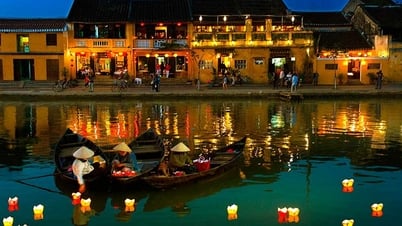



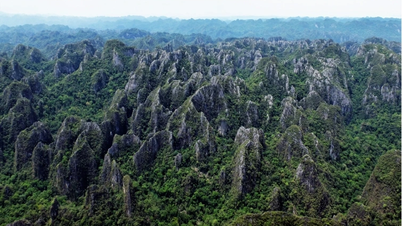


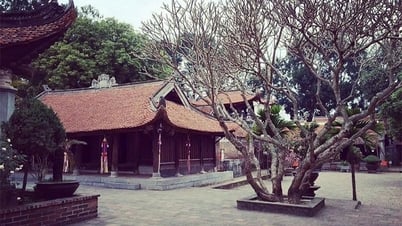






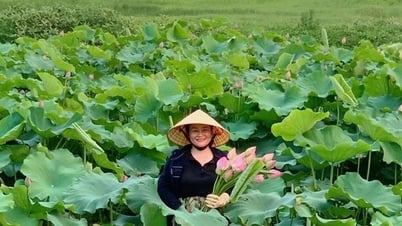














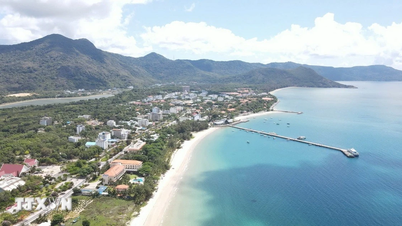
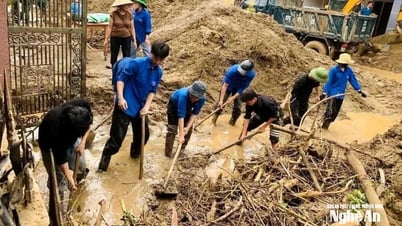

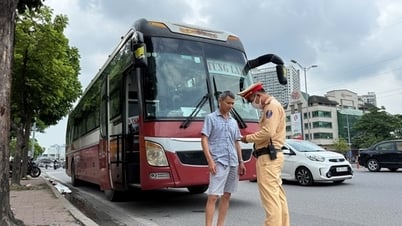



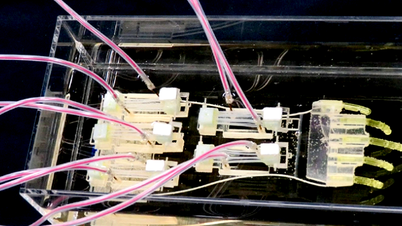
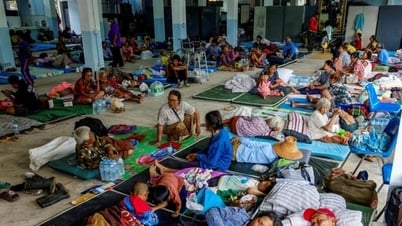



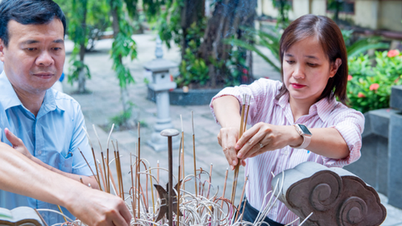
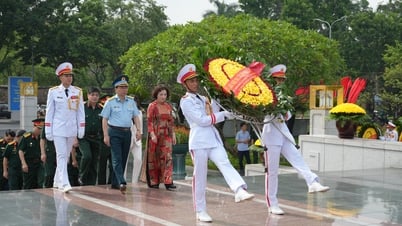

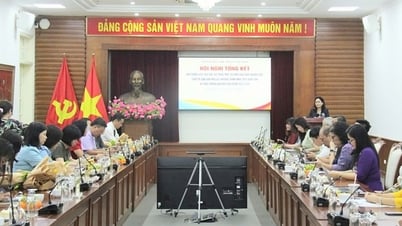

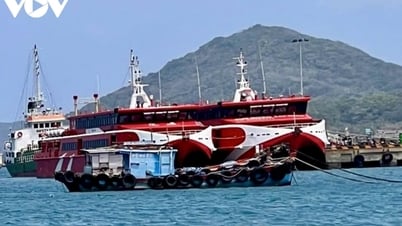
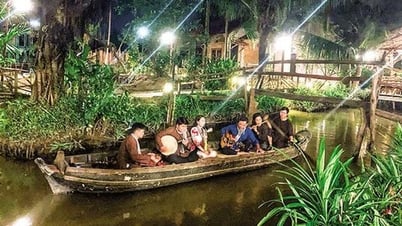






















Comment (0)